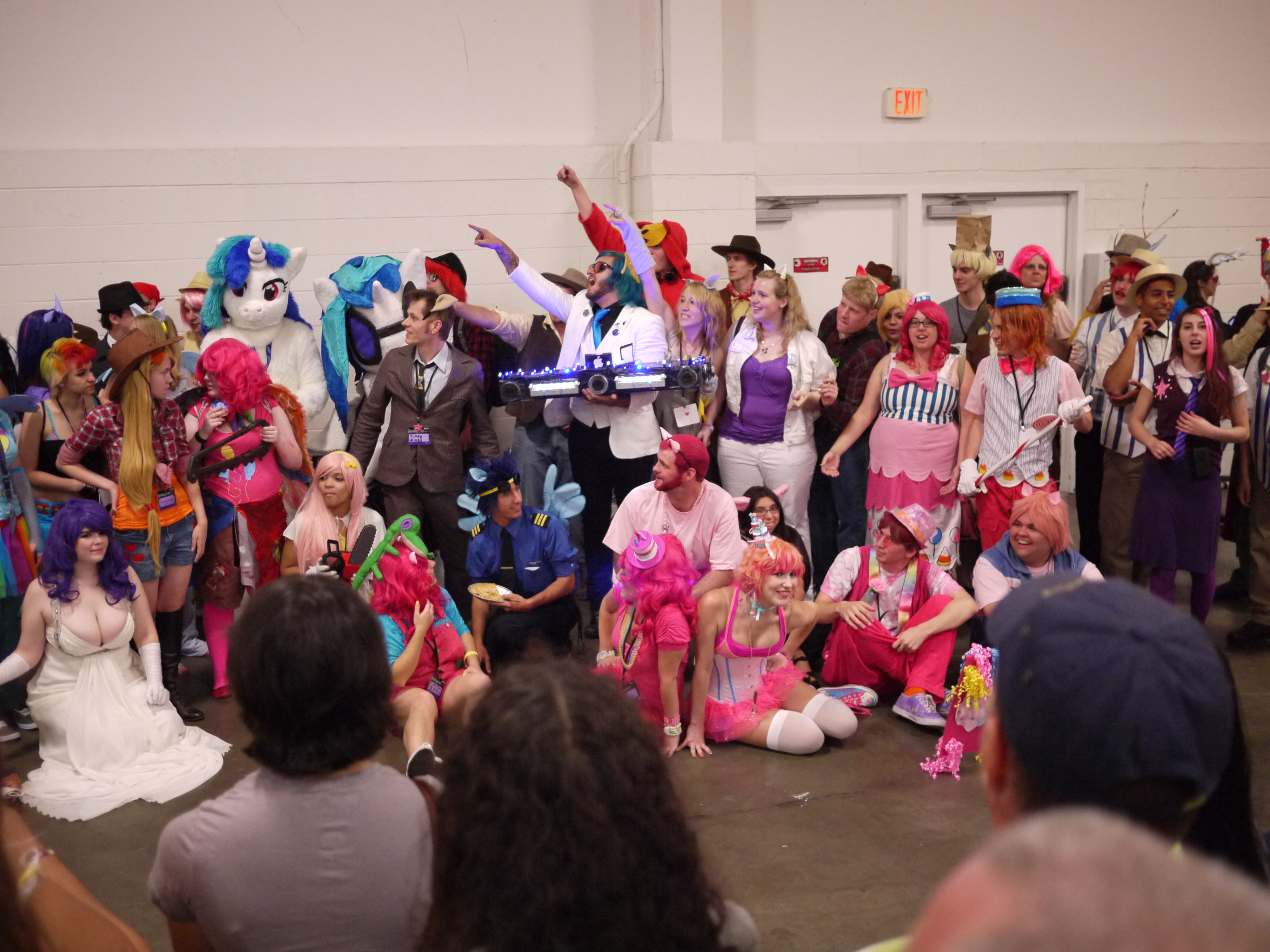|
List Of Subcultures
This is a list of subcultures. A * Africanfuturism * Afrofuturism * Anarcho-punk * Athlete B * BDSM * Beat Generation, see beatnik * Bent edge * Bikers, see motorcycle clubs and outlaw motorcycle clubs ** Bōsōzoku * Bills * Biopunk * Bird Watching * Bodybuilding * Bohemianism * Bro * Bronies * Bodgies & Widgies * Bogan C * Cacophony Society * Car club * Casuals * Choir * Chonga * Christian * Cosplayers * Crusties * Cryptozoology * Cubing * Cyberpunk * Cybergoth * Cholos & Cholas * Chavs * Cottagecore D * Dandy * Dark academia * Deadhead * Decora * Deaf culture * Demoscene * Dizelaši * Drag * Dresiarz E * EarthBound fandom * Emo * Equestrianism * Eshay F * Fandom * Flappers * Flat Earth Society * Freak scene * Furries * Futurism G * Gabber * Gamer * Glam rock * Glam metal"Hair metal" ''All ... [...More Info...] [...Related Items...] OR: [Wikipedia] [Google] [Baidu] |
Subculture
A subculture is a group of people within a culture that differentiates itself from the parent culture to which it belongs, often maintaining some of its founding principles. Subcultures develop their own norms and values regarding cultural, political, and sexual matters. Subcultures are part of society while keeping their specific characteristics intact. Examples of subcultures include BDSM, hippies, Goth subculture, goths, Motorcycle club, bikers, Punk subculture, punks, skinheads, Hip hop culture, hip-hoppers, Heavy metal subculture, metalheads, and Cosplay, cosplayers. The concept of subcultures was developed in sociology and cultural studies. Subcultures differ from countercultures. Definitions The ''Oxford English Dictionary'' defines subculture, in regards to sociological and cultural anthropology, as "an identifiable subgroup within a society or group of people, esp. one characterized by beliefs or interests at variance with those of the larger group; the distinctive ideas ... [...More Info...] [...Related Items...] OR: [Wikipedia] [Google] [Baidu] |
Biopunk
Biopunk (a portmanteau of "biotechnology" or "biology" and "punk") is a subgenre of science fiction that focuses on biotechnology. It is derived from cyberpunk, but focuses on the implications of biotechnology rather than mechanical cyberware and information technology. Biopunk is concerned with synthetic biology. It is derived of cyberpunk involving bio-hackers, biotech megacorporations, and oppressive government agencies that manipulate human DNA. Most often keeping with the dark atmosphere of cyberpunk, biopunk generally examines the dark side of genetic engineering and represents the low side of biotechnology. Description Biopunk is a subgenre of science fiction closely related to cyberpunk that focuses on the near-future (most often unintended) consequences of the biotechnology revolution following the invention of recombinant DNA. Biopunk stories explore the struggles of individuals or groups, often the product of human experimentation, against a typically dystopian ... [...More Info...] [...Related Items...] OR: [Wikipedia] [Google] [Baidu] |
Car Club
A car club or automotive enthusiast community is a group of people who share a common interest in motor vehicles. Car clubs are typically organized by enthusiasts around the type of vehicle (e.g. Chevrolet Corvette, Ford Mustang), brand (e.g. Jeep), or similar interest (e.g. off-roading). Traditional car clubs were off-line organizations, but automotive on-line communities have flourished on the internet. Traditional car clubs Car clubs have been a form of gathering car aficionados for many years that focus a passion for a certain type of car or driving activity. Historically, car clubs refer to off-line entities, typically organized as non-profits and run by volunteers (who were most often elected). Some clubs were large enough to be run as a paid business with salaried employees; in the 1960s, some were sponsored by car dealers. Many car clubs charge membership fees in exchange for benefits, such as publications and events. The publications typically contain photogra ... [...More Info...] [...Related Items...] OR: [Wikipedia] [Google] [Baidu] |
Cacophony Society
The Cacophony Society is "a randomly gathered network of free spirits united in the pursuit of experiences beyond the pale of mainstream society." It was started in 1986 by surviving members of the now defunct Suicide Club of San Francisco. Cacophony has been described as an indirect culture jamming outgrowth of the Dada movement. One of its central concepts is the Trip to the Zone, or Zone Trip, inspired by the 1979 Film '' Stalker'' by Andrei Tarkovsky. According to self-designated members of the Society, "you may already be a member." The anarchic nature of the Society means that membership is left open-ended and anyone may sponsor an event, though not every idea pitched garners attendance by members. Cacophony events often involve costumes and pranks in public places and sometimes going into places that are generally off limits to the public. Cacophonists have been known to regale Christmas shoppers with improvised Christmas carols while dressed as Santa Claus. San Fr ... [...More Info...] [...Related Items...] OR: [Wikipedia] [Google] [Baidu] |
Bogan
Bogan ( ) is Australian slang for a person whose speech, clothing, attitude and behaviour are considered unrefined or unsophisticated. Depending on the context, the term can be pejorative or self-deprecating. The prevalence of the term bogan has also been associated with changing social attitudes towards social class in Australia. Since the 1980s, the bogan has become a very well-recognised subculture, often as an example of bad taste. It has antecedents in the Australian larrikin and ocker, and various localised names exist that describe the same or very similar people to the bogan.Moore, BruceOf Boondies, Belgium Sausages and Boguns (archive oOzwords(Australian National University), November 1998. Etymology The origin of the term ''bogan'' is unclear; both the ''Macquarie Dictionary'' and the '' Australian Oxford Dictionary'' cite the origin as unknown. Some Sydney residents' recollection is that the term is based on the concept that residents of the western suburbs (ste ... [...More Info...] [...Related Items...] OR: [Wikipedia] [Google] [Baidu] |
Bodgies And Widgies
Bodgies and widgies refer to a youth subculture that existed in Australia and New Zealand in the 1950s, similar to the rocker culture in the UK or Greaser culture in the United States. Most bodgies rode motorbikes but some had cars, many of which were hotted-up e.g. mag wheels, hot dog muffler, etc. The males were called bodgies and the females were called widgies. Bodgies were often depicted in Australian media and folk-lore as louts. On 1 February 1951 the '' Sydney Morning Herald'' wrote on its front page: "What with "bodgies" growing their hair long and getting around in satin shirts, and "wedgies" cutting their hair short and wearing jeans, confusion seems to be arising about the sex of some Australian adolescents." In New Zealand the Mazengarb Report (Report of the Special Committee on Moral Delinquency in Children and Adolescents) of 1954 was partly a response to the emergence of the bodgie & widgie subculture. Citing a '' Sydney Morning Herald'' article from 21 Jan ... [...More Info...] [...Related Items...] OR: [Wikipedia] [Google] [Baidu] |
Bronies
''My Little Pony: Friendship Is Magic'' is an animated television series produced by Hasbro as part of the ''My Little Pony'' toy franchise, which is tied in with the My Little Pony (2010 toyline), 2010 relaunch of dolls and play sets and original programming for the American children's cable channel Discovery Family (formerly Hub Network). Lauren Faust was selected as the creative developer and executive producer for the show based on her previous animation experience with other animated shows such as Cartoon Network's ''The Powerpuff Girls'' and ''Foster's Home for Imaginary Friends''. Under Hasbro's guidance, Faust developed the show to appeal to the target demographic of young girls, but created characters and settings that challenged formerly stereotypical norms of "girly" images and added adventure and humorous elements in order to keep parents interested. The series received widespread praise from both television critics and parental groups. It also found a large audienc ... [...More Info...] [...Related Items...] OR: [Wikipedia] [Google] [Baidu] |
Bro Culture
Bro culture is a subculture of young people (originally young men, hence "brother culture") who spend time partying with others like themselves. Although the original image of the bro lifestyle is associated with sports apparel and fraternities, it lacks a consistent definition. Most aspects vary regionally such as in California where it overlaps with surf culture. Oxford Dictionaries have noted that bros frequently self-identify with neologisms containing the word "bro" as a prefix or suffix. Etymology and history Bro was originally an abbreviated form of the word brother but began to assume non-familial connotations in the 20th century. In this evolution, it was first used to refer to another man, such as a "guy" or "fellow". In these ways, it was semantically similar to the use of "brother". In the 1970s, bro came to refer to a male friend rather than just another man. The word became associated with young men who spend time partying with others like themselves. Oxford Dictio ... [...More Info...] [...Related Items...] OR: [Wikipedia] [Google] [Baidu] |
University Of Massachusetts Press
The University of Massachusetts Press is a university press that is part of the University of Massachusetts Amherst The University of Massachusetts Amherst (UMass Amherst, UMass) is a public research university in Amherst, Massachusetts and the sole public land-grant university in Commonwealth of Massachusetts. Founded in 1863 as an agricultural college, .... The press was founded in 1963, publishing scholarly books and non-fiction. The press imprint is overseen by an interdisciplinary faculty committee. Juniper Prizes The press also publishes fiction and poetry through its annual Juniper Prizes.Herman (2007) The Juniper Prize was named in honor of local poet Robert Francis and his house ('Fort Juniper'). The Juniper Prizes include: * 2 prizes for poetry: one for a previously published poet, one for a poet not previously published * 2 prizes for fiction: one for a novel, one for a collection of short stories * creative non-fiction The poetry award began in 1975, the ... [...More Info...] [...Related Items...] OR: [Wikipedia] [Google] [Baidu] |
Bohemianism
Bohemianism is the practice of an unconventional lifestyle, often in the company of like-minded people and with few permanent ties. It involves musical, artistic, literary, or spiritual pursuits. In this context, bohemians may be wanderers, adventurers, or vagabonds. Bohemian is a 19th-century historical and literary topos that places the milieu of young metropolitan artists and intellectuals—particularly those of the Latin Quarter in Paris—in a context of poverty, hunger, appreciation of friendship, idealization of art and contempt for money. Based on this topos, the most diverse real-world subcultures are often referred to as "bohemian" in a figurative sense, especially (but by no means exclusively) if they show traits of a precariat. This use of the word in the English language was imported from French ''La bohème'' in the mid-19th century and was used to describe the non-traditional lifestyles of artists, writers, journalists, musicians, and actors in major European ... [...More Info...] [...Related Items...] OR: [Wikipedia] [Google] [Baidu] |
Human Kinetics
Humans (''Homo sapiens'') are the most abundant and widespread species of primate, characterized by bipedalism and exceptional cognitive skills due to a large and complex brain. This has enabled the development of advanced tools, culture, and language. Humans are highly social and tend to live in complex social structures composed of many cooperating and competing groups, from families and kinship networks to political states. Social interactions between humans have established a wide variety of values, social norms, and rituals, which bolster human society. Its intelligence and its desire to understand and influence the environment and to explain and manipulate phenomena have motivated humanity's development of science, philosophy, mythology, religion, and other fields of study. Although some scientists equate the term ''humans'' with all members of the genus ''Homo'', in common usage, it generally refers to ''Homo sapiens'', the only extant member. Anatomically modern h ... [...More Info...] [...Related Items...] OR: [Wikipedia] [Google] [Baidu] |
.jpg)


.jpg)
.jpg)
